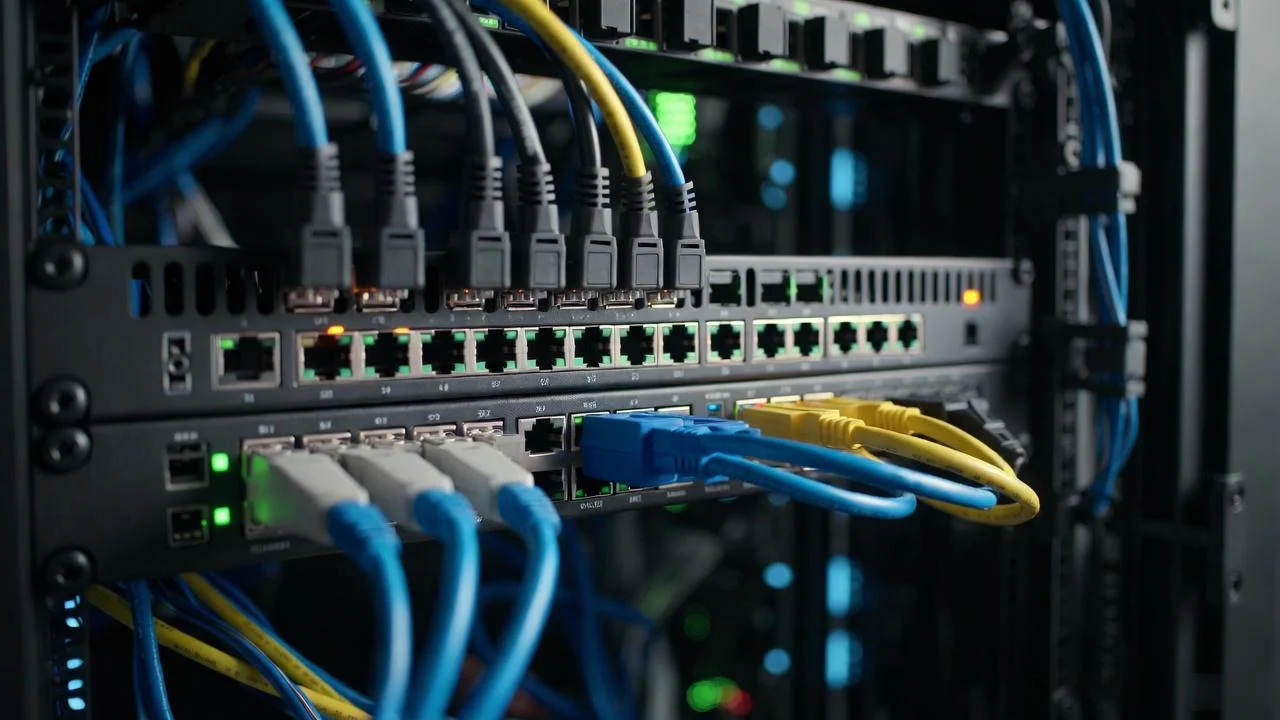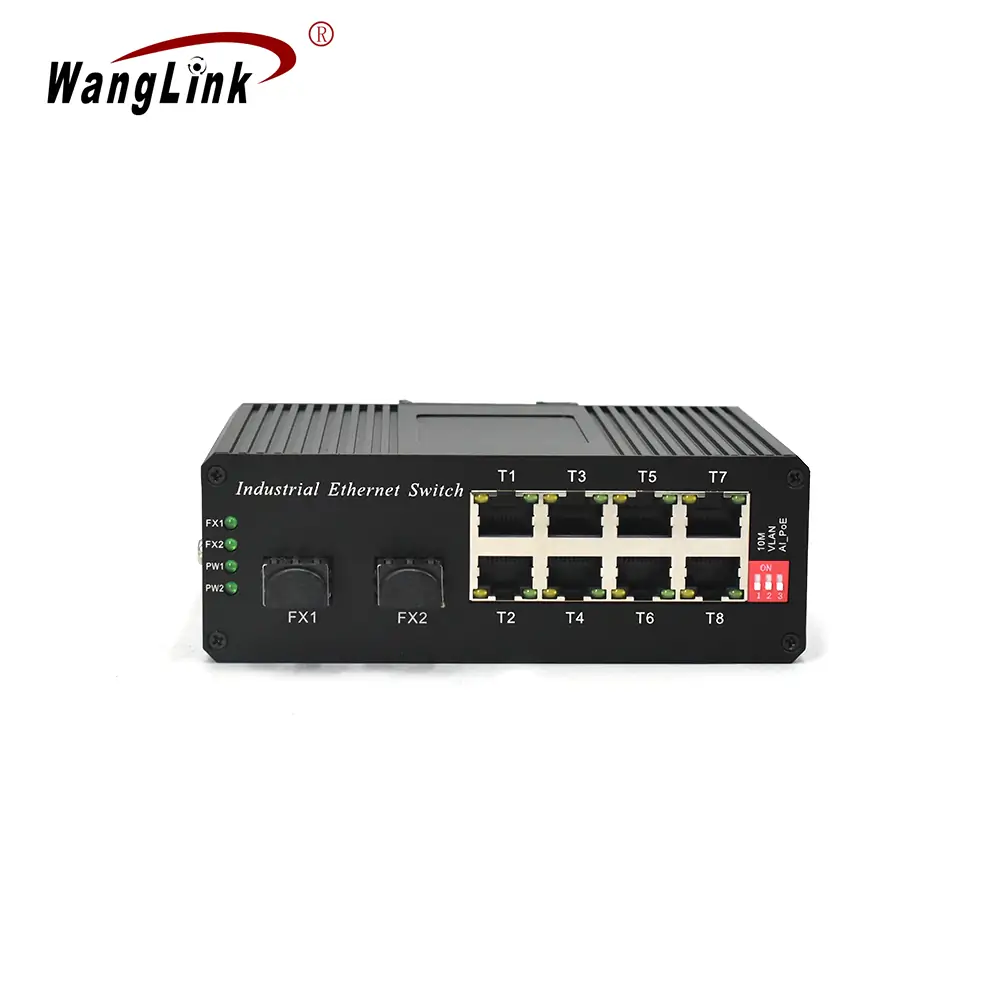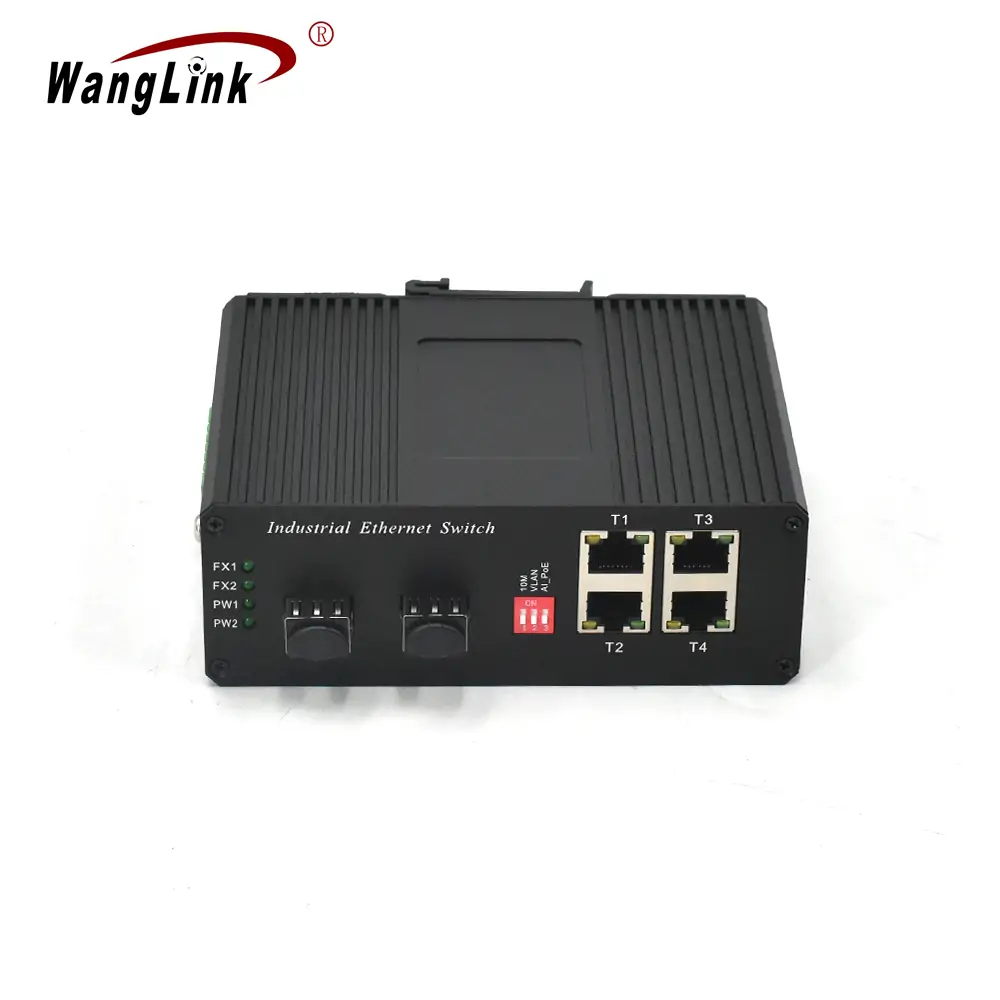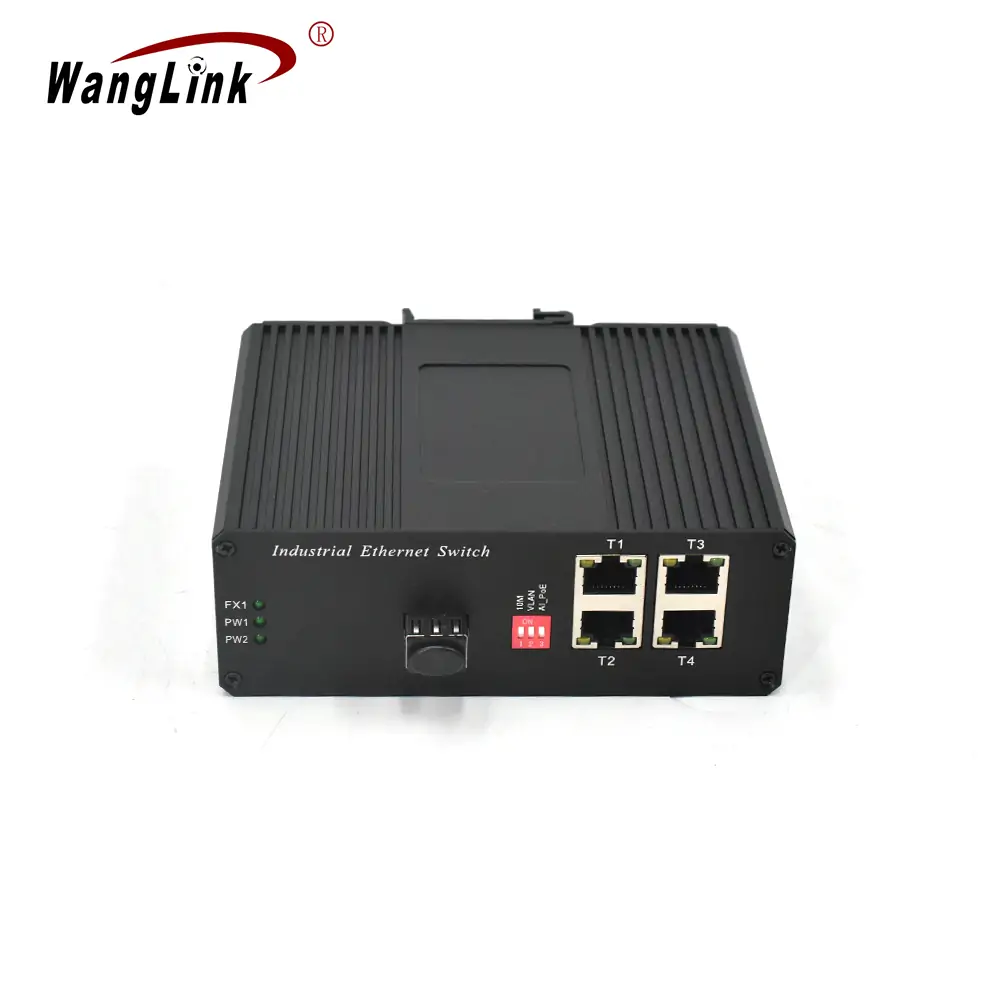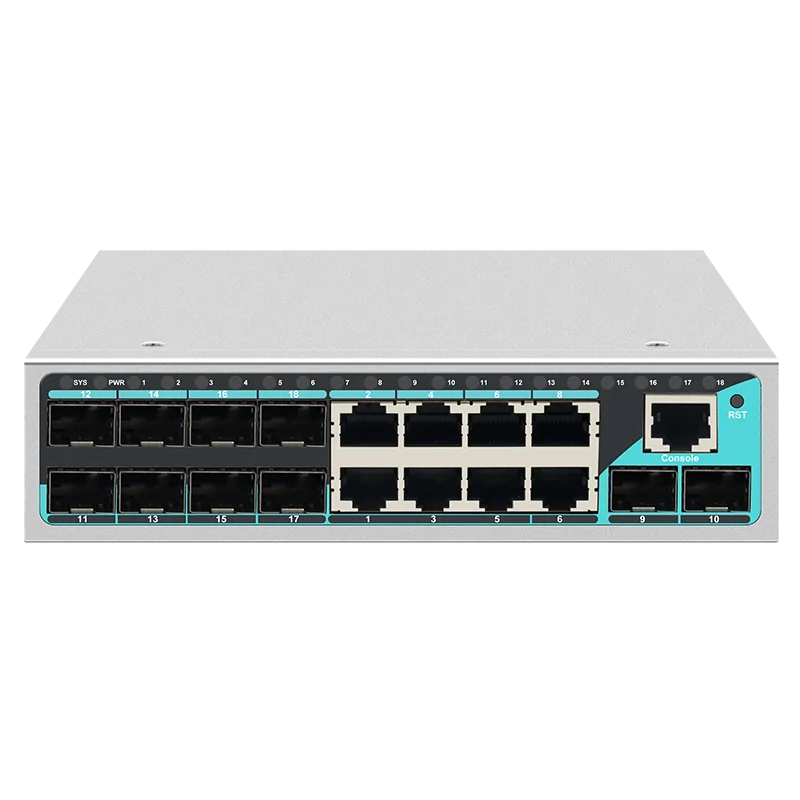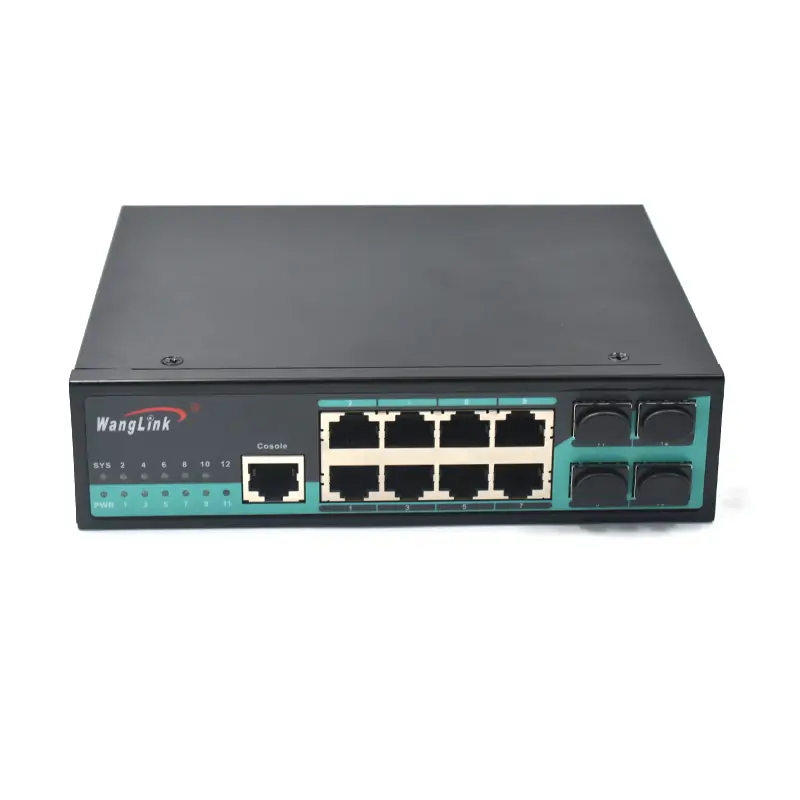Non-Standard Power Over Ethernet Switch: Complete Guide to Custom PoE Solutions
In today’s rapidly evolving networking landscape, standard Power over Ethernet (PoE) solutions don’t always meet the unique requirements of specialized applications. This is where non-standard power over ethernet switches come into play, offering customized power delivery solutions that go beyond traditional IEEE 802.3 specifications.
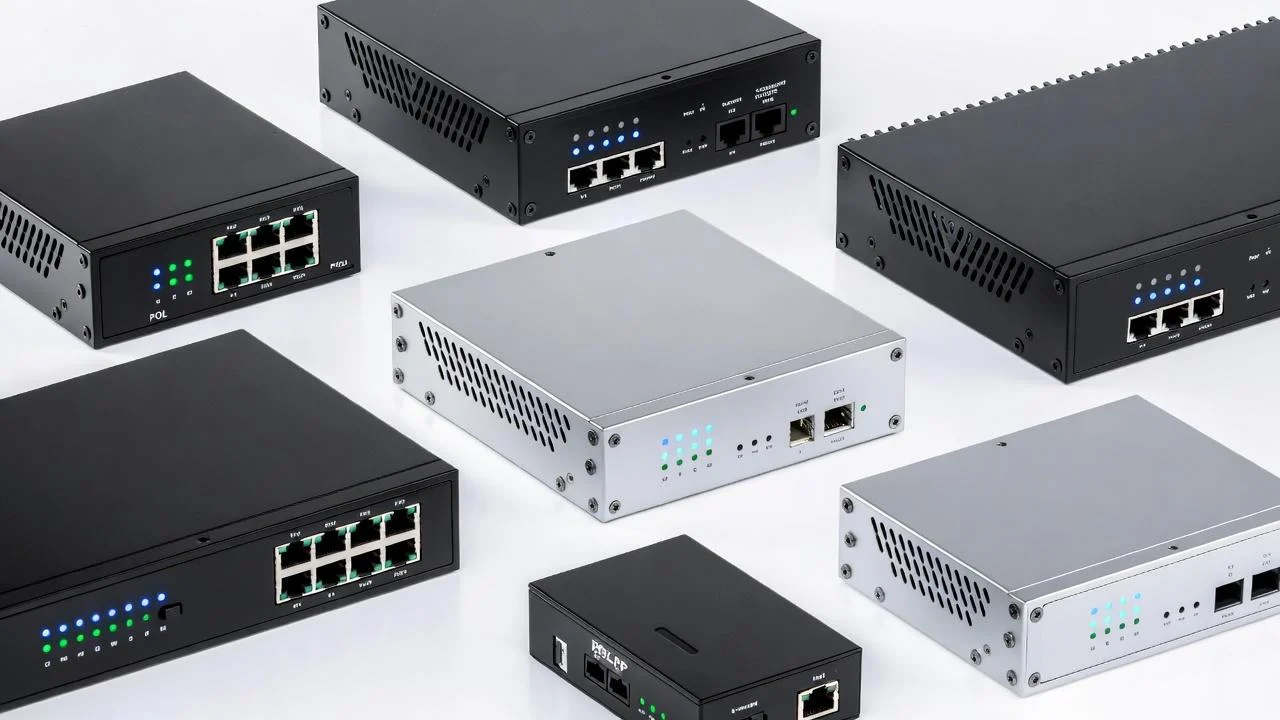
Understanding Non-Standard PoE Technology
What Makes PoE “Non-Standard”?
Non-standard PoE switches deviate from the conventional IEEE 802.3af (15.4W), 802.3at (30W), and 802.3bt (60-100W) power specifications. These custom solutions can deliver:
- Variable voltage outputs (12V, 24V, 48V, or custom voltages)
- Higher power delivery (up to 150W+ per port)
- Proprietary power protocols for specific device compatibility
- Passive PoE implementations for legacy equipment
Key Advantages of Non-Standard PoE Solutions
- Enhanced Flexibility: Adapt power delivery to specific device requirements
- Cost Optimization: Eliminate external power adapters and reduce installation complexity
- Extended Compatibility: Support legacy devices and proprietary equipment
- Improved Reliability: Centralized power management with backup capabilities
- Simplified Deployment: Single-cable solution for power and data transmission
Applications and Use Cases
Industrial Automation
Non-standard PoE switches excel in industrial environments where standard PoE cannot meet power demands:
- High-power industrial cameras requiring 60-90W
- Motorized PTZ systems with heaters and fans
- Industrial wireless access points with extended range capabilities
- Sensor networks with custom voltage requirements
Security and Surveillance
The security industry frequently requires non-standard power solutions:
| Application | Power Requirement | Voltage | Benefits |
|---|---|---|---|
| Outdoor PTZ Cameras | 60-120W | 24V/48V | Weather resistance, night vision |
| Thermal Imaging | 80-150W | Custom | High-resolution thermal sensors |
| Access Control Systems | 15-30W | 12V/24V | Door locks, card readers |
| Perimeter Detection | 25-45W | Variable | Motion sensors, lighting |
Smart Building Solutions
Modern smart buildings demand flexible power delivery:
- LED lighting systems with dimming controls
- HVAC sensors with custom power profiles
- Digital signage requiring higher wattage
- IoT devices with varying voltage needs
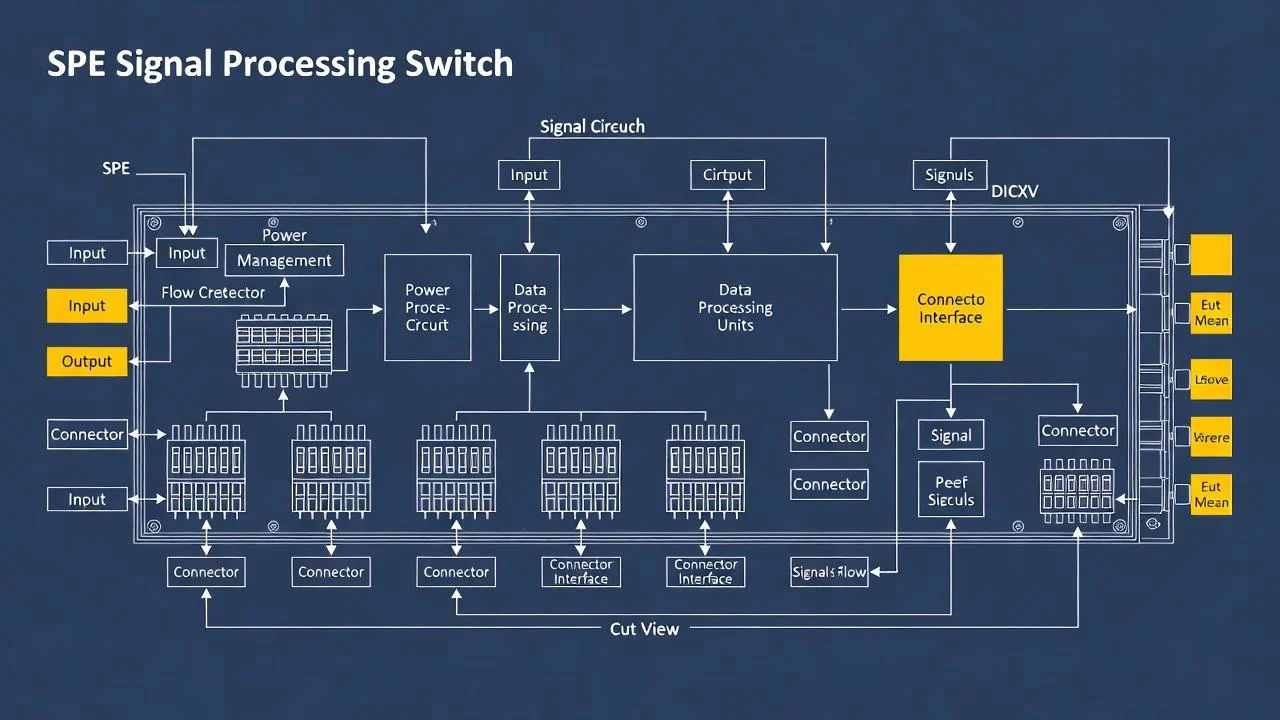
Technical Specifications and Standards
Power Delivery Comparison
Understanding the differences between standard and non-standard PoE helps in making informed decisions:
Standard PoE Specifications:
- IEEE 802.3af: 15.4W at 48V
- IEEE 802.3at: 30W at 48V
- IEEE 802.3bt Type 3: 60W at 48V
- IEEE 802.3bt Type 4: 100W at 48V
Non-Standard PoE Capabilities:
- Custom voltage ranges: 5V to 57V
- Power delivery: 5W to 150W+ per port
- Proprietary protocols for device-specific optimization
- Passive PoE for legacy equipment support
Key Technical Features
Advanced Power Management
- Per-port power allocation with real-time monitoring
- Dynamic power budgeting based on connected devices
- Overcurrent protection and automatic recovery
- Temperature-based power scaling for reliability
Compatibility and Integration
- Multi-standard support (standard + non-standard simultaneously)
- Auto-detection capabilities for connected devices
- SNMP management for remote monitoring
- Integration APIs for custom applications
Case Study: Smart City Surveillance Implementation
Project Overview
A metropolitan city required a comprehensive surveillance network covering 200+ locations with varying power requirements. Traditional PoE solutions couldn’t accommodate the diverse equipment needs.
Challenge
The project involved:
- High-resolution PTZ cameras requiring 80W each
- Thermal imaging systems needing 120W
- Wireless bridges operating at 24V/45W
- Environmental sensors using 12V/15W
Solution Implementation
Wanglink provided customized non-standard PoE switches with the following specifications:
| Switch Model | Ports | Power Per Port | Voltage Options | Total Power Budget |
|---|---|---|---|---|
| SG82NP | 8+2 | Up to 90W | 24V/48V | 720W |
| SF82NP | 8+2 | Up to 60W | 12V/24V/48V | 480W |
| SL82NP | 8+2 | Up to 45W | Variable | 360W |
Results Achieved
- 30% reduction in installation time
- 25% cost savings on power infrastructure
- 99.8% uptime across all surveillance points
- Simplified maintenance with centralized power management

Selection Criteria for Non-Standard PoE Switches
Power Requirements Assessment
Step 1: Device Inventory
Create a comprehensive list of all powered devices:
- Power consumption (watts)
- Voltage requirements
- Peak vs. continuous power needs
- Environmental considerations
Step 2: Future Expansion Planning
- Anticipated growth in device count
- Potential power requirement increases
- Technology upgrade considerations
- Scalability requirements
Step 3: Infrastructure Evaluation
- Existing power capacity
- Cable infrastructure limitations
- Environmental factors (temperature, humidity)
- Maintenance accessibility
Technical Considerations
Power Budget Calculation
When selecting a non-standard PoE switch, consider:
- Total power capacity of the switch
- Per-port power limitations
- Efficiency ratings (typically 85-90%)
- Thermal derating at high temperatures
- Redundancy requirements for critical applications
Compatibility Matrix
| Device Type | Voltage | Power | Protocol | Recommended Switch |
|---|---|---|---|---|
| IP Cameras (Standard) | 48V | 15-30W | 802.3at | SF62NP |
| PTZ Cameras (High-Power) | 24V/48V | 60-90W | Custom | SG82NP |
| Industrial Sensors | 12V/24V | 5-25W | Passive | SF42NP |
| Wireless Access Points | 24V | 25-45W | Proprietary | SL82NP |
Wanglink’s Non-Standard PoE Solutions
Manufacturing Excellence
As a leading ethernet switch manufacturer with over 13 years of experience, Wanglink specializes in custom PoE solutions that meet unique industry requirements.
Product Portfolio Highlights
Unmanaged Non-Standard PoE Switches
Our unmanaged series offers plug-and-play simplicity with advanced power features:
- 8-port configurations with 2 uplink ports
- Flexible power allocation per port
- Multiple voltage options in single units
- Industrial-grade construction for harsh environments
Customization Capabilities
Wanglink’s customization services include:
- Custom power profiles for specific applications
- Proprietary protocol implementation
- Modified form factors and mounting options
- Branded solutions with customer logos
- Specialized environmental ratings
Quality Assurance and Support
Manufacturing Standards
- ISO 9001:2015 certified production facilities
- Comprehensive testing protocols for all products
- Environmental compliance (RoHS, CE, FCC)
- Quality control at every production stage
Customer Support Services
- Technical consultation for application-specific requirements
- Pre-sales engineering support and design assistance
- Rapid prototyping for custom solutions
- Global shipping with inventory management
- After-sales support and warranty services
Installation and Configuration Best Practices
Pre-Installation Planning
Site Survey Requirements
- Power infrastructure assessment
- Environmental condition evaluation
- Cable pathway planning
- Device placement optimization
- Future expansion considerations
Safety Considerations
- Electrical safety protocols during installation
- Proper grounding techniques
- Cable management best practices
- Environmental protection measures
Configuration Guidelines
Initial Setup Process
- Power budget verification before connecting devices
- Port-by-port configuration based on device requirements
- Monitoring setup for power consumption tracking
- Documentation of all connections and settings
Optimization Techniques
- Load balancing across multiple switches
- Power scheduling for non-critical devices
- Temperature monitoring and thermal management
- Regular maintenance scheduling
Troubleshooting Common Issues
Power-Related Problems
Insufficient Power Delivery
Symptoms:
- Devices not powering on
- Intermittent operation
- Reduced functionality
Solutions:
- Verify total power budget allocation
- Check individual port power limits
- Assess cable quality and length
- Review device power requirements
Voltage Compatibility Issues
Symptoms:
- Device damage or malfunction
- Inconsistent performance
- Error messages or alarms
Solutions:
- Confirm voltage requirements match switch output
- Use appropriate adapters if necessary
- Implement voltage monitoring
- Consider switch reconfiguration
Performance Optimization
Network Congestion
- Traffic analysis and bandwidth monitoring
- QoS implementation for critical applications
- VLAN segmentation for traffic isolation
- Uplink capacity evaluation and upgrade
Environmental Factors
- Temperature management in equipment rooms
- Humidity control for optimal operation
- Dust protection and regular cleaning
- Vibration isolation in industrial settings
Future Trends and Developments
Emerging Technologies
Higher Power Standards
The industry is moving toward even higher power delivery capabilities:
- IEEE 802.3bt evolution toward 200W+ standards
- Custom high-power solutions for specialized applications
- Improved efficiency through advanced power management
- Smart power allocation using AI and machine learning
Integration with IoT and Smart Systems
- Edge computing integration with PoE-powered devices
- 5G network infrastructure support
- Smart city applications with centralized power management
- Industrial IoT implementations with custom power profiles
Market Drivers
Sustainability Initiatives
- Energy efficiency improvements in PoE technology
- Green building standards driving PoE adoption
- Carbon footprint reduction through centralized power
- Renewable energy integration with PoE systems
Cost Optimization Trends
- Reduced installation costs through simplified cabling
- Lower maintenance expenses with centralized management
- Improved reliability reducing downtime costs
- Scalability benefits for growing networks
Frequently Asked Questions (FAQ)
General Questions
Q: What is the difference between standard and non-standard PoE switches?
A: Standard PoE switches follow IEEE 802.3 specifications (af, at, bt) with fixed voltage (48V) and power levels. Non-standard PoE switches offer custom voltage outputs, higher power delivery, and proprietary protocols to meet specific application requirements that standard PoE cannot address.
Q: Can non-standard PoE switches damage standard PoE devices?
A: Quality non-standard PoE switches include auto-detection and negotiation protocols to ensure compatibility. However, it’s essential to verify voltage and power compatibility before connecting devices. Wanglink switches include comprehensive protection mechanisms to prevent device damage.
Q: What is the maximum power delivery possible with non-standard PoE?
A: Non-standard PoE switches can deliver anywhere from 5W to over 150W per port, depending on the specific design and application requirements. The actual limit depends on factors such as cable gauge, length, and thermal considerations.
Technical Questions
Q: How do I calculate the power budget for my non-standard PoE installation?
A: Calculate the total power consumption of all connected devices, add 10-15% safety margin, and ensure the switch’s total power budget exceeds this requirement. Also verify that individual port power limits meet device requirements.
Q: Can I mix standard and non-standard PoE devices on the same switch?
A: Yes, many non-standard PoE switches support both standard and custom protocols simultaneously. Each port can be configured independently to match the connected device requirements.
Q: What cable requirements are needed for high-power non-standard PoE?
A: Higher power applications typically require Cat6 or Cat6a cables with larger conductor gauges. For powers above 60W, consider using all four pairs and ensure proper cable quality to minimize voltage drop and heat generation.
Application-Specific Questions
Q: Are non-standard PoE switches suitable for outdoor installations?
A: Yes, many non-standard PoE switches are designed for harsh environments with IP-rated enclosures, extended temperature ranges, and robust construction. Wanglink offers industrial-grade models specifically designed for outdoor applications.
Q: How do I ensure compatibility with legacy equipment?
A: Non-standard PoE switches can be configured to support legacy passive PoE devices by providing the appropriate voltage and power levels. Consult with the manufacturer to ensure proper configuration for your specific legacy equipment.
Q: What maintenance is required for non-standard PoE switches?
A: Regular maintenance includes monitoring power consumption, checking for overheating, cleaning air vents, verifying connection integrity, and updating firmware as needed. Most modern switches provide remote monitoring capabilities to simplify maintenance tasks.
Conclusion
Non-standard power over ethernet switches represent a crucial technology for modern network infrastructure, enabling customized power solutions that standard PoE cannot provide. From industrial automation to smart city implementations, these versatile devices offer the flexibility and power delivery capabilities needed for specialized applications.
When selecting a non-standard PoE solution, consider factors such as power requirements, voltage compatibility, environmental conditions, and future expansion needs. Working with experienced manufacturers like Wanglink ensures access to quality products, technical expertise, and comprehensive support throughout the project lifecycle.
For businesses seeking reliable, customized PoE solutions, Wanglink’s extensive portfolio of non-standard PoE switches provides the flexibility and performance needed to meet unique application requirements. Contact our technical team at [email protected] or WhatsApp +8613544167258 to discuss your specific needs and explore custom solutions.
Visit our knowledge base for additional technical resources and stay updated on the latest developments in PoE technology and network infrastructure solutions.
